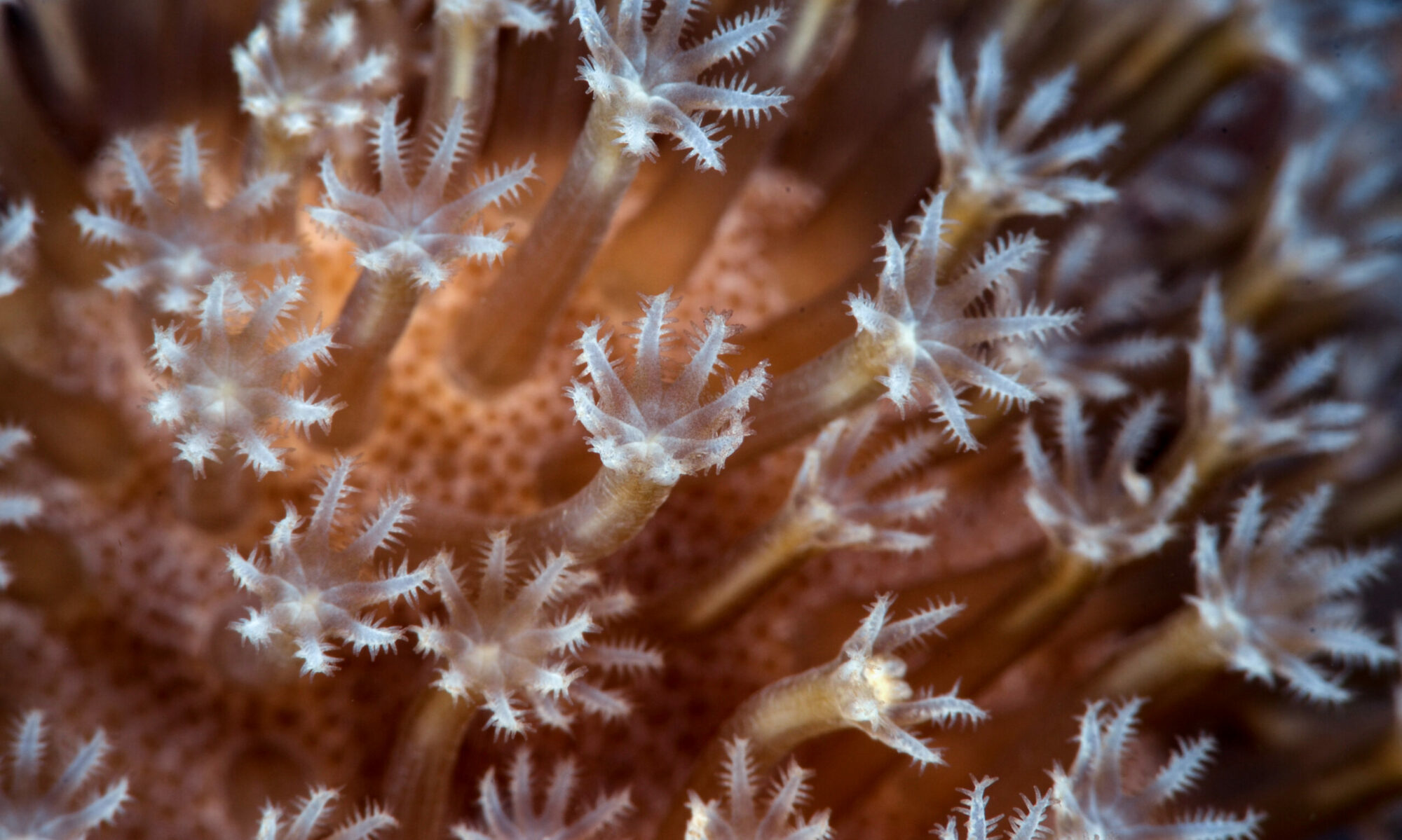
The University of Guam NSF EPSCoR GECCO Biorepository has partnered with the Department of Invertebrate Zoology at the National Museum of Natural History, Smithsonian Institution, Washington, D.C., for the DNA sequencing of marine organisms.
The Smithsonian Institution is currently working on a project to DNA barcode marine invertebrate species in US marine systems regions and has partnered with the UOG EPSCoR Biorepository to barcode Guam’s marine invertebrate species. Because Guam has more species of organisms than any other marine region in the United States, this partnership is beneficial for both institutions.
According to Biorepository Curator of Crustacea Robert Lasley, Ph.D., species identification is an intensive process that often requires hours of examining specimens under a microscope and delving into hundreds of years literature on any given organism.
He said it can be particularly difficult to identify the species that are found within any marine system, especially for understudied or obscure organisms such as marine worms, brittle stars and small crustaceans. DNA barcoding is an easier and more effective method way of identifying organisms, by matching a newly generated sequence of one gene to sequences of the same gene that were previously identified and in a barcode database.
“With DNA barcoding, it is possible to sequence one gene of a specimen, compare it with a library of sequences of known species, and arrive at an identification without spending (potentially) years becoming an expert in the particular type of worm you are trying to identify,” said Lasley.
“Sometimes we aren’t able to identify specimens, just by looking at it – either because the differences (between species) are too small for us to see or because we haven’t found the distinguishing characteristic yet,” said Biorepository Research Associate Abigail Huber, who has been collecting tissue samples from the field and preparing them to be sent to the Smithsonian Institution.
The tissue samples undergo a laboratory process that isolates the DNA and a sequencing machine determines the order of the amino acid bases that make up the DNA molecule. This string of amino acids (coded A, T, G or C) of one gene is the barcode.
Each DNA sequence is then reviewed by Huber, who verifies that each specimen was sequenced properly. Because errors can arise in the sequencing process, quality control is one of Huber and other members of the Biorepository’s responsibilities.

“In this case, we look at other specimens that we’ve sequenced that are the same species and compare this section of DNA with theirs to determine what the correct amino acid is,” said Huber. “Species of organisms will have the same (or similar) DNA sequence, which works great for comparing.”
As of April 2025, around 3,100 specimens have been sent for sequencing at the Smithsonian Institution and about 1,500 sequences have been received by the Biorepository. These barcodes are currently being quality controlled and will be eventually uploaded to the Biorepository online database so that researchers from around the world will be able to access this data remotely.
The DNA barcodes generated in this partnership, and the associated new specimens in the Biorepository, will result in the discovery of new species and will aid in research in a variety of fields such as ecology, conservation, fisheries and evolution.


